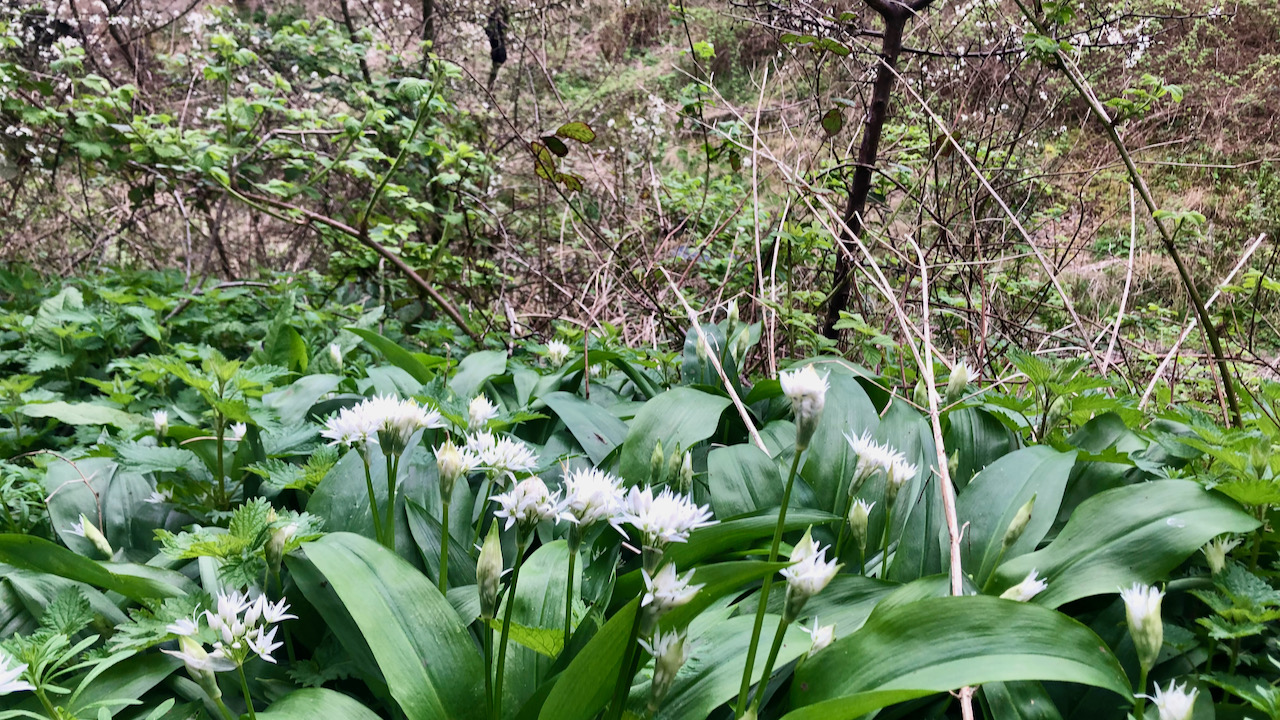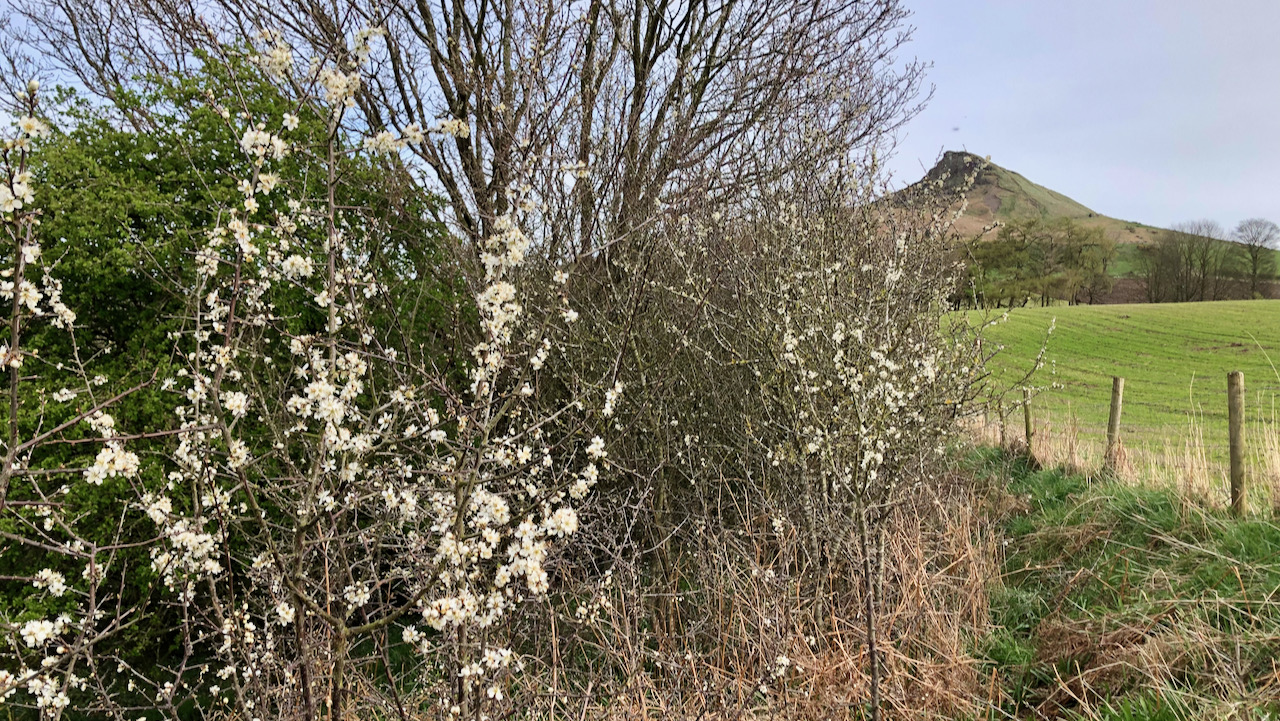Tag: flora
-

A riverbank in bloom
A peaceful riverside scene with bright pink flowers might look nice, but there’s more to the story. These pretty flowers are actually hiding a problem. The flowers are called Himalayan Balsam, a plant originally brought to Britain from another part of the world for Victorian gardens. However, it quickly spread outside gardens and now grows…
-

Ragwort: Friend to Insects, Foe to Livestock
Another dreich day forces me to turn to *Flora Britannica* for today’s photo. Ragworts, a group of daisy-like flowers, include several species, with the Common Ragwort being particularly notorious. This native, biennial plant, sometimes perennial, disperses its seeds by the wind. One plant can produce thousands, making it a potential nuisance on waste land and…
-

From Blue Fields to Empty Skies—The Plight of Pollinators
Blue tansies, a splendid sight, brightens up this field in Kildale. Belonging to the borage family, Phacelia tanacetifolia, though not native to Britain, is cultivated as a cover crop and green manure. Its nectar-rich flowers bloom sequentially, ensuring an extended flowering period that attracts insect pollinators such as bumblebees. Meanwhile, wildlife experts raise an alarm…
-

A Swathe of Purple: Bell Heather in Full Bloom
The North York Moors hold England’s largest stretch of upland heather moorland, renowned for their late summer display of heather. Come August, the moors will be briefly blanketed by the lilac hues of Ling, or Calluna vulgaris. Another heather, Erica cinerea or Bell heather, blooms in a richer purple from June to September, adorning the…
-

A Sea of Cotton on Newon Moor
One of the summer spectacles of acid bogs and wet heaths is the Common cottongrass, Eriophorum angustifolium. This plant, with its silky white seed-heads, creates a striking scene, whitening whole patches of bog. Beyond this visual charm, Cottongrass is rather unremarkable and underutilised. Efforts to produce usable thread from the seed-plumes have failed due to…
-

A Splash of Bistort by the River Dee
A timeless scene in the upper reaches of the River Dee, just before the Quoich Water merges with its flow. In the foreground, a splendid display of Bistort, also known as Pudding grass, offers a glimpse into local tradition. This plant, with its bitter leaves, forms the base of “dock pudding,” a dish prepared during…
-

Dubh-Sgeir Mhor — The Black Rock
Breathe in that salty air! This view is across the narrow channel separating Eilean a’Chaoll from the Talmine mainland. The rugged foreshore displays vibrant yellow lichen and delicate pink thrift clinging to the rocks. Beyond, the Atlantic Ocean extends towards the distant Eilean nan Gaill, or Rabbit Islands. But in between, there lies the foreboding…
-

Dandelions: Underappreciated but crucial for bees and insects
Ah, springtime in Britain—a vibrant tapestry of flowers, from the delicate snowdrops to the cheerful daffodils to the stunning bluebells. But amidst this floral symphony, there’s one unsung hero—the humble dandelion. Have you noticed how they transform roadside verges into seas of yellow, only to later sprinkle the landscape with their delicate ‘clock’ seedheads? It’s…
-

Stinking Nanny’s Surprise: The Pungent Power of Ramsons
Ramsons, those delicate flowers of the forest floor, hold a secret. Typically, they signal the presence of an ancient woodland, flourishing in the quietude of undisturbed soil. But here lies a peculiar sight: these ramsons are thriving amidst the confines of a railway cutting. An anomaly, indeed. As I ventured deeper into Newton Woods, a…
-

Blackthorn’s Starry Flowers Precede the Bluebell Spectacle
The bluebell meadows in Newton Wood are on the verge of bursting forth in a hue of cerulean blue. However, it is not their time quite yet. The initial shoots can be seen, but presently it is the blackthorn that commands the spotlight of spring. Masses of blossom, soft and disordered, the twisted thorny shrubs…